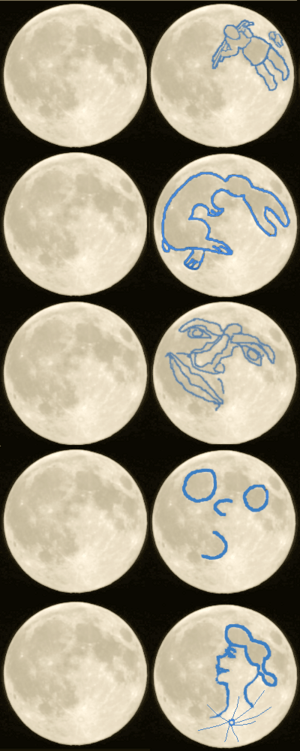Bias facts for kids

Bias means that a person prefers an idea and possibly does not give equal chance to a different idea. Bias can be influenced by a number of factors, such as popularity (for example, a newspaper might be biased towards a particular political party due to their employees sharing the same political beliefs as that party).
Bias in an article or editorial would show one point of view, using selected facts and quotes to support that point of view. Facts or opinions that do not support the point of view in a biased article would be excluded. For example, an article biased toward riding a motorcycle would show facts about the good gas mileage, fun, and agility. An article biased against motorcycle riding would show facts about risk of injury and noise, and ignore positive facts about motorcycles.
Bias in writing can also be shown by using bad or slang words to refer to groups of people or things. "Broads" rather than "women"; "murdercycles" rather than "motorcycles". Words or phrasing that make wide assumptions about races or groups of people also indicates bias. "All Chinese people are good at math".
Bias also means mistakes in measurements. For example, a person may measure the height of another person wearing shoes. The shoes make the height more than the same person without shoes. If the extra height of the shoes (extra bias) was not explained, someone might think that the person had been measured without shoes on. Data with extra parts not explained is called biased data.
Images for kids
-
Confirmation bias has been described as an internal "yes man", echoing back a person's beliefs like Charles Dickens' character Uriah Heep.
-
Box offered by tobacco lobbyists to Dutch Member of the European Parliament Kartika Liotard in September 2013
-
Sampling is supposed to collect of a representative sample of a population.
See also
 In Spanish: Sesgo para niños
In Spanish: Sesgo para niños




